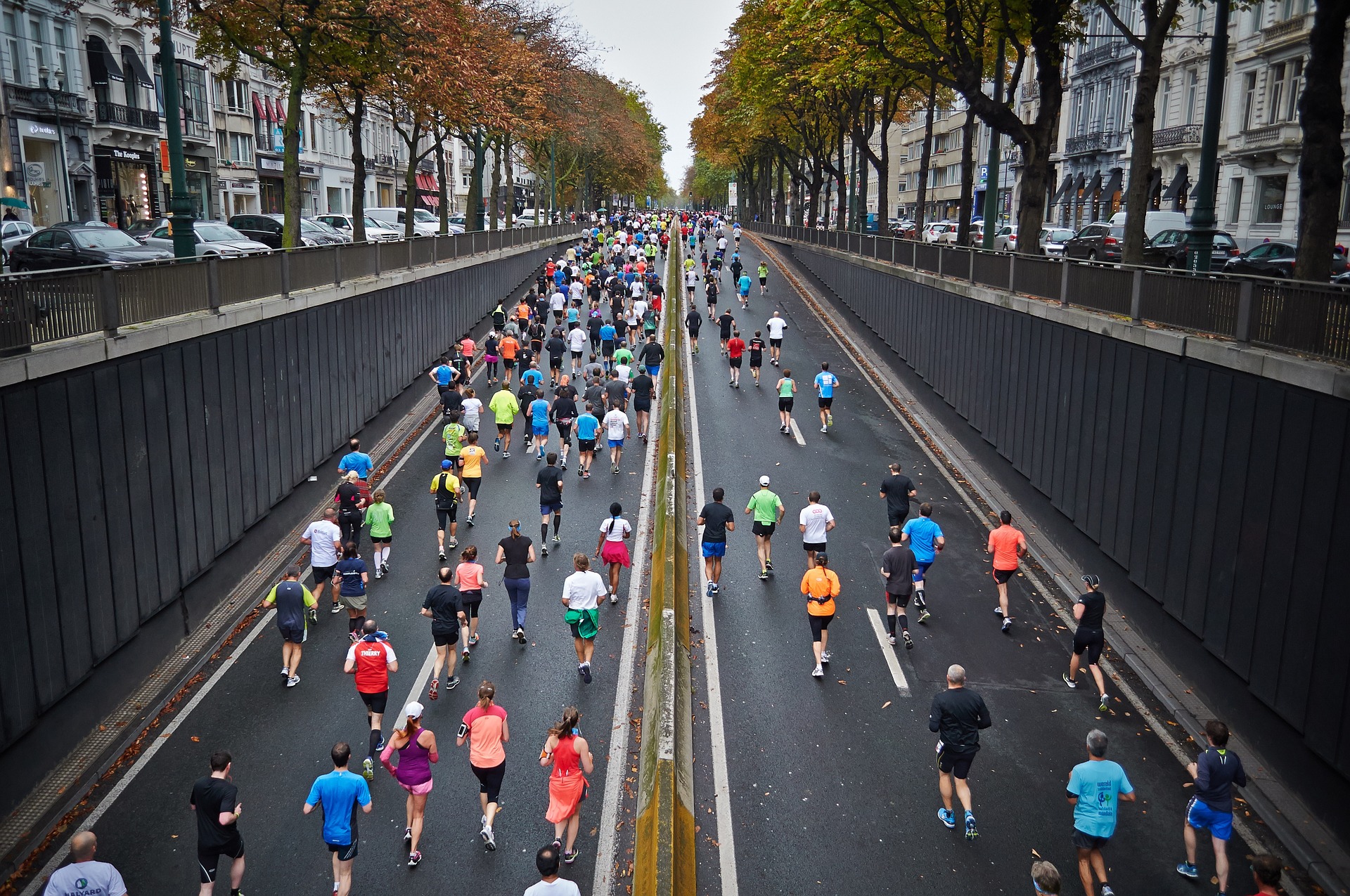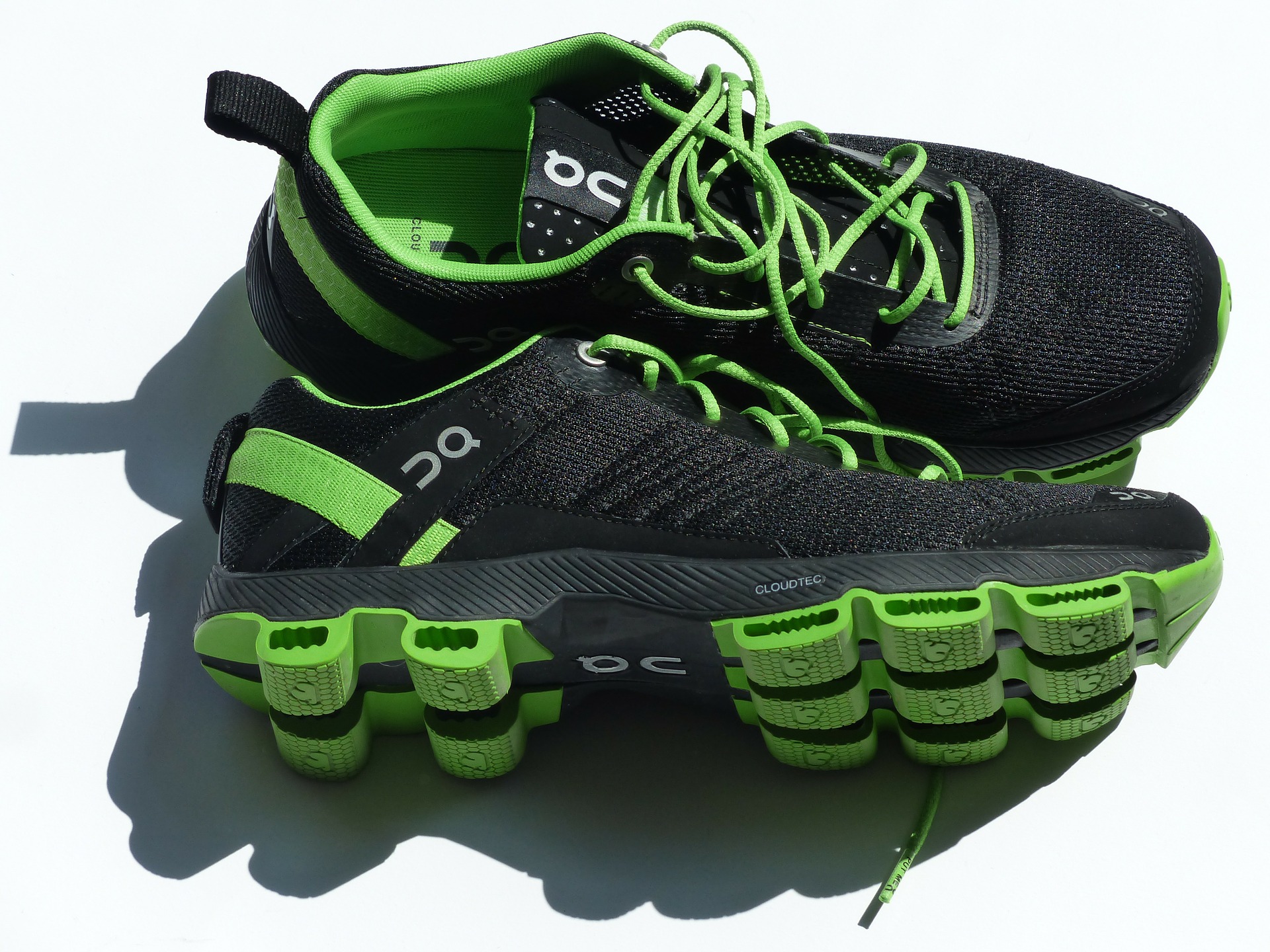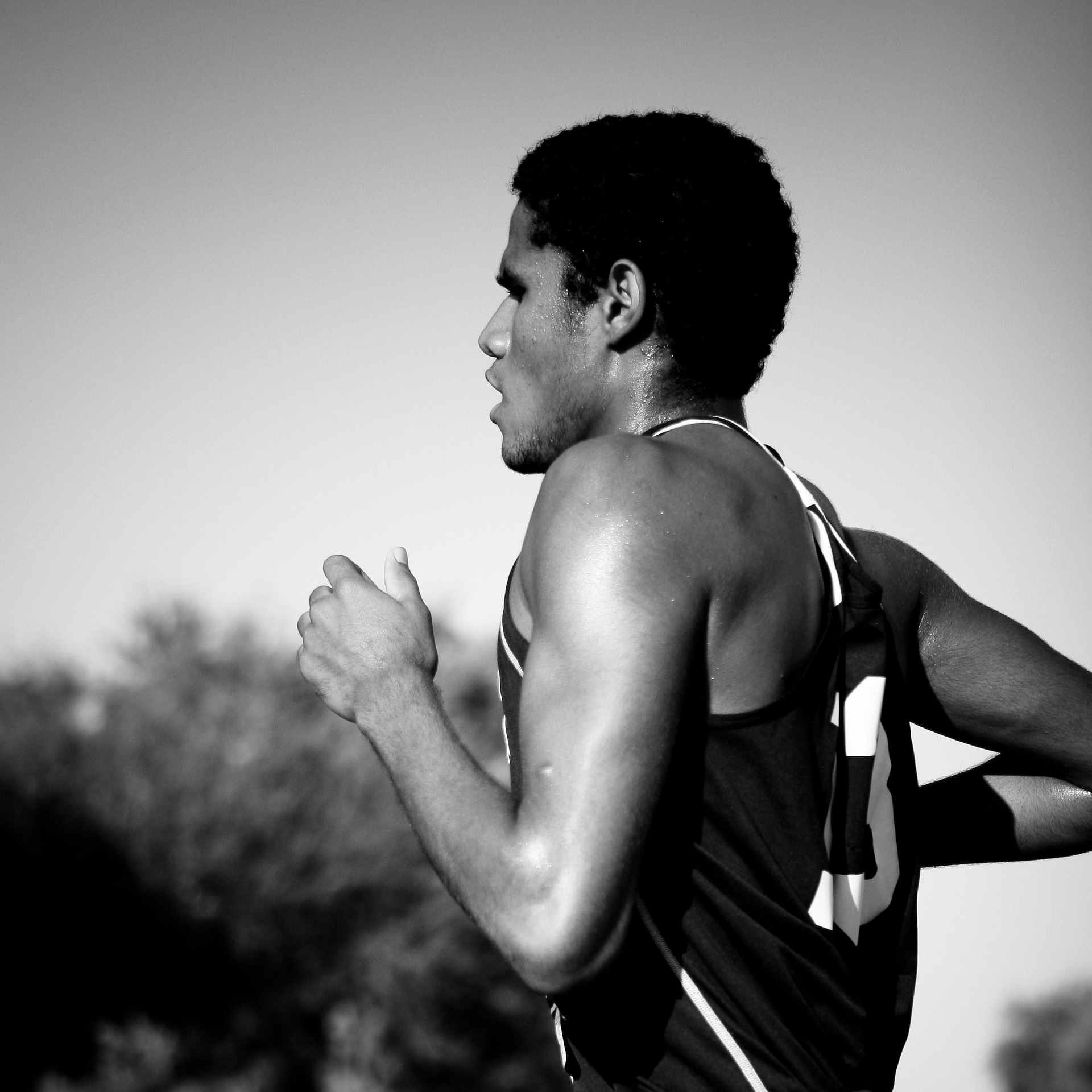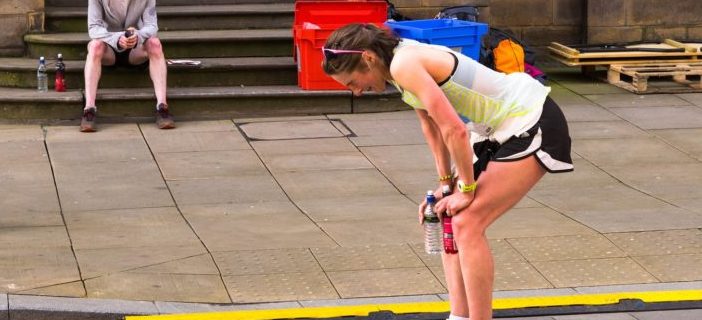Running as a cardio exercise is an essential part of my workout, especially since I’m on an office challenge to burn fat (hey, though I’m quite lean I still need to lose my little beer belly). But just recently when I ran in a riverside park, my knees hurt so bad that I felt crippled. The following day the stinging sensation in my knees and thighs left me almost unable to walk. So basically I stopped running to let my knees recover.
With the upcoming running events and obstacle races in Beijing, runners must also know what precautions to take to prevent injuries happening. To get more insight into that, we caught up with Dr. Jike Lu, orthopedic surgeon at Beijing United Family Hospitals and Clinics.
Why is having a warm-up important before doing strenuous activities like exercising, running, or cardio workouts?
Dr. Lu: Most warm-up sessions will include a combination of cardiovascular exercises, stretching, and strength drills. Cardiovascular exercises are designed to increase blood circulation, increase body temperature, and bring the heart rate up, while stretching warms the muscles and prepare them for the movements they will be required to carry out during the activity. Explosive strength exercises, which may include sprint drills or jumps, gently increase the level of intensity and prepare the body for sudden movements in the exertion which will follow.
The most important reason for doing a warm-up is to prevent an injury during exercise; keeping the muscles warm will prevent acute injuries such as hamstring strains and will stave off overuse injuries by allowing the body to prepare steadily and safely.
What are the common injuries that people suffer when running or doing cardio workouts? And what are their causes and symptoms?
Dr. Lu: The common injuries include the following:
– Sprained ankle. Running on uneven terrain or up and off curbs increases the risk of an ankle sprain. Twisting ankle will cause a lot of pain and may even tear a tendon or a ligament.
– Shin splints (or known as medial tibial stress syndrome). This is caused by the inflammation of shin muscles. It is triggered by pressure or high-intensity impact on muscles. It may cause a burning sensation in shins (the front part of lower legs) when applying pressure. Sometimes there might be no feeling of pain until you start running and are obliged to stop.
– Iliotibial band syndrome (ITBS). This is an overuse injury, which occurs when the IT band, a ligament that runs along the outside of the thigh from the hip to the shin, becomes tight and inflamed. This can also occur in runners who wear worn-out shoes, run on uneven or banked surfaces, run downhill, do the same run in the same direction too many times or simply from overuse as a result of running too many miles.
– Patellofemoral syndrome. It occurs when the bones in the lower leg are not lined up perfectly, which causes an abnormal gliding between the patella (kneecap) and femur (thigh bone). This misalignment can lead to wear and tear between the cartilage and surfaces of the bones. The pain under the kneecap worsens from running, walking down stairs or sitting with bent knees for long periods of time.
– Runner’s knee. The injury is caused by the kneecap becoming misaligned. It happens due to repeated impact caused by running on hard surfaces. The pain of runner’s knee can be felt either behind the kneecap itself or at the back of the knee, and may develop after undertaking physical activity.

How will patients know that the injuries are becoming worse? When should they seek treatment?
Pain is the most important sign of injuries. If there is a persistent pain, limited motion and inability to ambulate, it is the time to seek treatment.
How do you treat these injuries? For less severe cases, what are the first aid remedies?
Dr. Lu: When runners have just been injured then remember RICE, which stands for Rest, Ice, Compression, Elevation. It is sometimes extended to PRICER, in which: P stands for protection, which may mean preventing movement (immobilization), or adding padding to, the injured part, while the last R stands for rehabilitation. (Writer’s note: This is the method that I used when I felt that stinging sensation in my knees. I can say this is quite effective, though I still need to consult a specialist.)
How effective are running shoes and other gear in preventing running injuries?
A lot of running injuries come about as a result of runners wearing shoes that are not suited to them. Using shoes not suitable for running can actually aggravate existing problems, causing pain in feet, legs, knees or hips. Wearing shoes that have lost their cushioning may also lead to injury. It’s better to go to a specialty running shop to find properly fitted running shoes and replace them every 350-500 miles. If the runners already have a biomechanical problem with feet, they may also look into getting fitted for heel lifts or orthotics.
A Heart Rate Monitor (HRM) is an invaluable tool for the beginner and advanced runners alike. By tracking the HR to monitor that runners don’t train too hard and an insight to when runners might need to rest, an HRM can prevent injuries if it is heeded.

For people with chronic knee pain or injuries, what are the alternative ways they can use to do cardio workouts?
Cardio workouts are important for general health and also help in healing injuries by providing freshly oxygenated blood cells to the area. Many exercises get the heart rate up — such as cycling, jogging, and using an elliptical trainer. Activities involving primarily arms will enable to keep up cardio workout regimen.
Some knee injuries, as well as osteoarthritis, may improve with bicycling. In addition to providing cardio workouts and healing benefits, cycling improves the knee flexibility and strength. The American Arthritis Society recommends cycling as an acceptable form of exercise for osteoarthritis, but points out that avoiding hills is crucial. Instead, biking on flat terrain or a low resistance level at the gym are better choices.
If the leg is immobilized or unable to bear weight, an arm ergometer is an excellent substitute for bicycling. The arm ergometer is a machine that allows you to use your arms in place of your legs to push the pedals of a bicycle. Another option is trying an upper body circuit training program, using high repetitions and low loads, and short rest breaks between exercises. Using upper body machines or free weight exercises that work your latissimus dorsi, deltoids, pectorals, biceps, triceps and rhomboids will get your heart pumping.
Swimming is another option, and if it bothers your knee, walking briskly in the water can get your heart pumping.

About the doctor
 Jike Lu
Jike Lu
Orthopedic surgeon, Chair of Department of Orthopedics, Sports Medicine, and Spine Surgery, Beijing United Family Hospital
Dr. Jike Lu completed his doctorate at the University of New South Wales in Sydney. Before his doctoral studies in Australia, Dr. Lu was a qualified orthopedic spine surgeon and Professor of Orthopedic Surgery at Xinjiang Medical University. After completing his orthopedic surgery training and accreditation in Australia, Dr. Lu accumulated ten years of extensive experience in orthopedic trauma, tumors, joint replacement, and spinal surgeries. He has served in numerous hospital institutions in Melbourne and Sydney. Dr. Lu’s primary clinical interest is orthopedic surgery for adults and children. In addition, Dr. Lu has also served as a visiting professor of orthopedic surgery at Wenzhou Medical University.
Before joining Beijing United Family Hospital and Clinics, Dr. Lu completed five years orthopedic specialist training under the Australia Orthopedic Association. At the same time, he served in the Department of Orthopedic Surgery at Taree Hospital in New South Wales, Australia.
Dr. Lu has over 30 years of clinical experience in the treatment and diagnosis of spinal degenerative disorders, cervical spondylosis, lumbar disc herniation, stenosis and spondylolisthesis, and spinal trauma and tumors. Dr. Lu specializes in orthopedic trauma, joint arthroplasty, and total knee joint and hip replacement.
Dr. Lu currently holds unconditional national medical board registration and is certified by the Australia Medical Council.
Photos: Wolfmann3000, Free-Photos, Hans, alex4663 via Pixabay; courtesy of BJU
This post first appeared on beijingkids. See more of my stories here.
Subway Sunday | Mandarin Monday | The Bucket List | Doctor’s Corner
Email: andypenafuerte@beijing-kids.com
Web: coolkidandy.wordpress.com
Instagram: @coolkidandy
